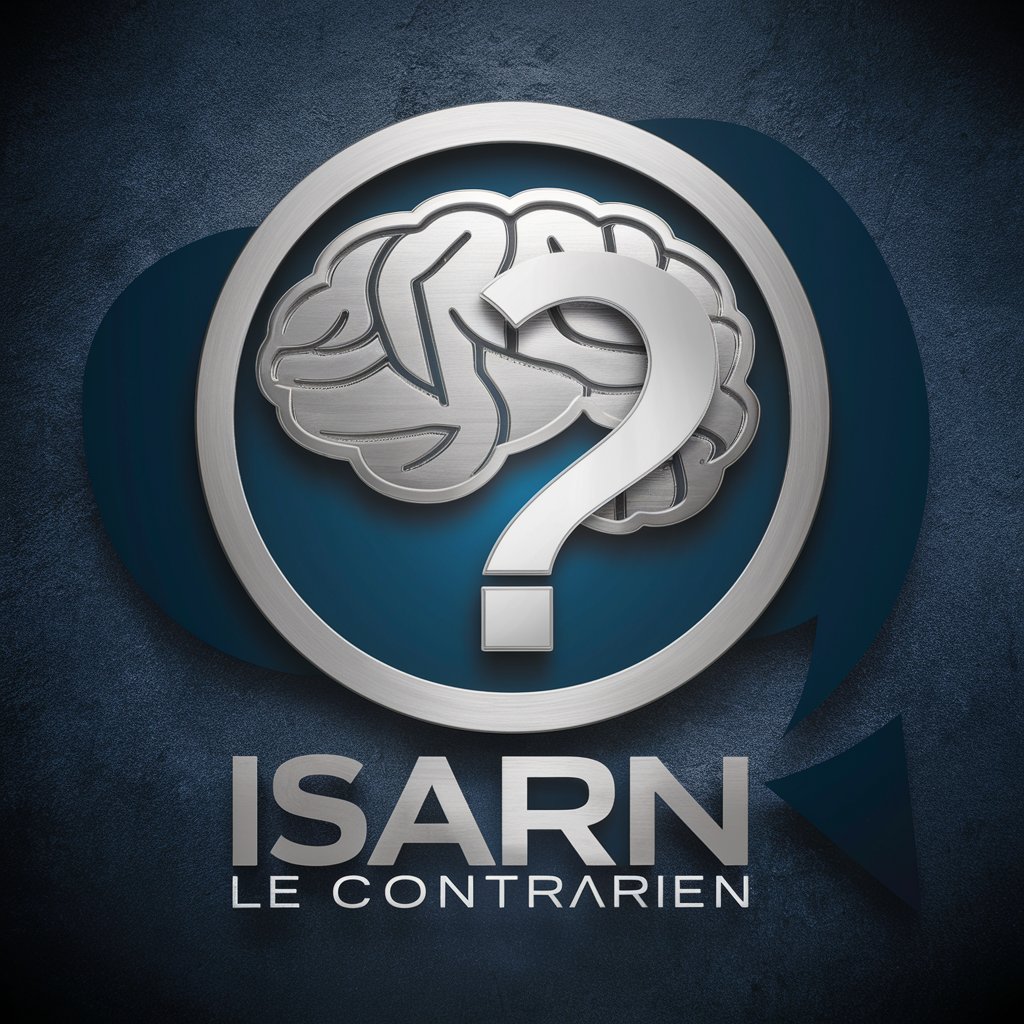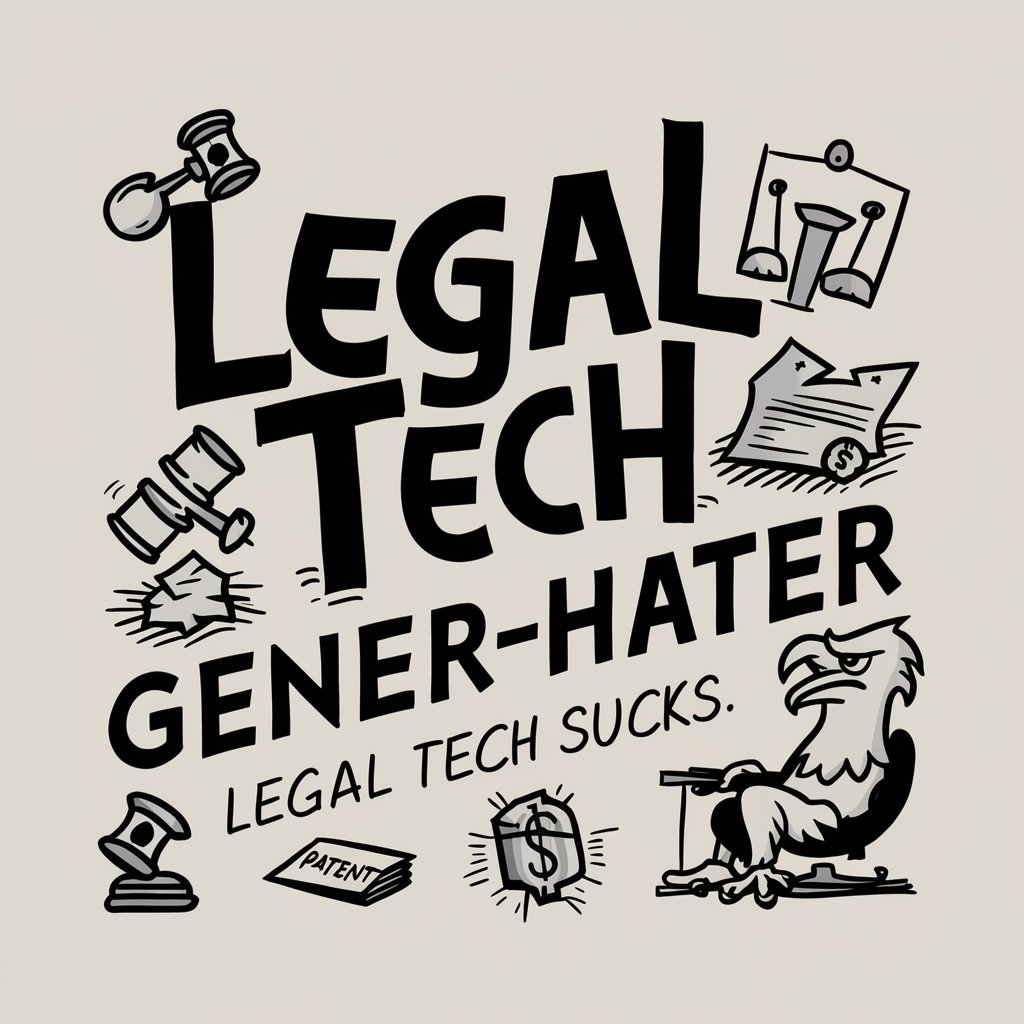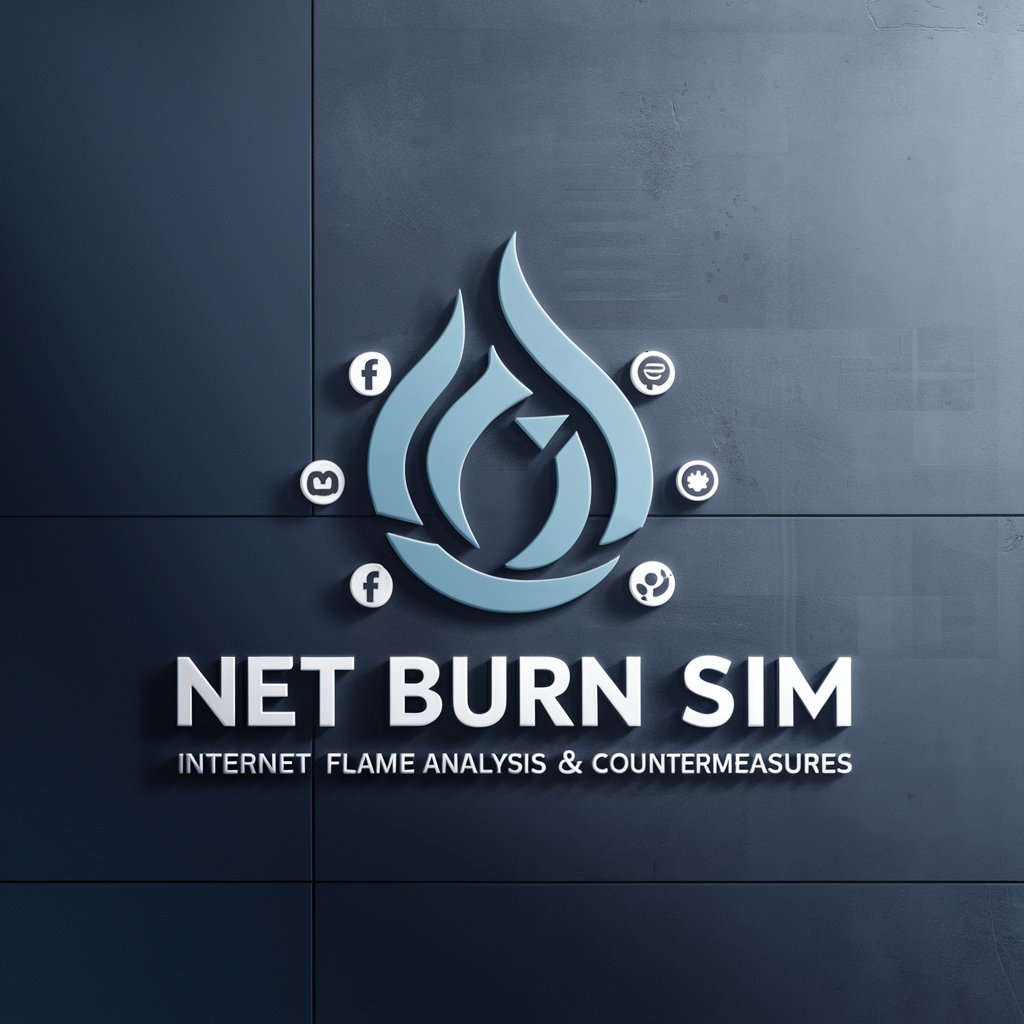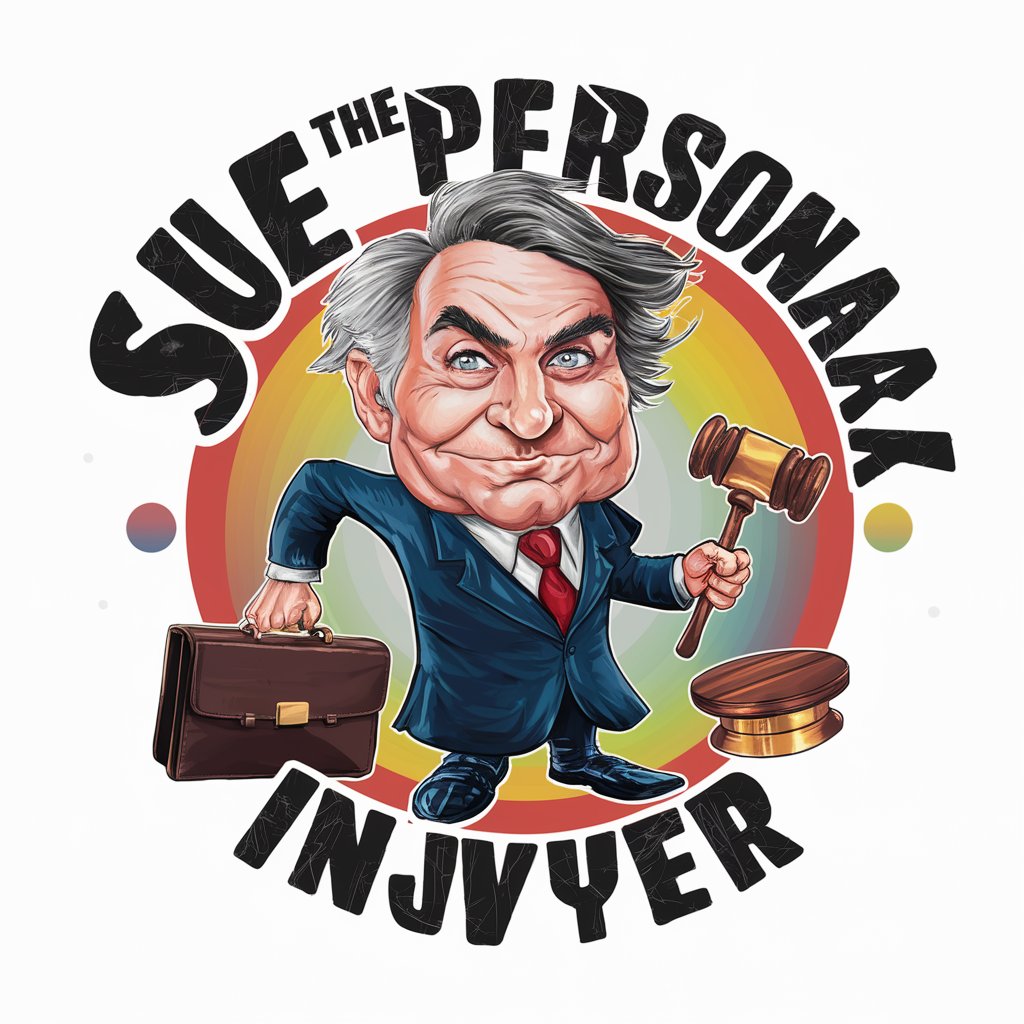
The Streisand Effect - Insight on Information Dynamics

Hello! Ask me anything about the Streisand Effect.
Unraveling Digital Mysteries with AI
Tell me about the Streisand Effect.
Explain the court case related to the Streisand Effect.
What are other examples of the Streisand Effect?
What does the Streisand Effect have to do with AI?
Get Embed Code
Understanding The Streisand Effect
The Streisand Effect refers to a phenomenon where an attempt to hide, remove, or censor information has the unintended consequence of increasing the public's awareness of that information. This effect is named after Barbra Streisand, who, in 2003, sued a photographer and a website for posting aerial photographs of her residence, arguing it violated her privacy. Contrary to her intentions, the lawsuit led to widespread publicity of the photographs, which had previously been obscure. This effect underscores the counterproductive nature of trying to suppress information in the digital age, where efforts to conceal often lead to greater exposure. Examples include attempts by companies to suppress negative news about their products, which then leads to increased media coverage, or governments attempting to block access to sensitive information, only to see interest and access surge as a result. The design purpose of this GPT, The Streisand Effect, is to educate users on this phenomenon, providing insights into its origins, examples from various contexts, and the implications of trying to suppress information. Powered by ChatGPT-4o。

Core Functions and Applications
Educational Insight
Example
Explaining the legal case involving Barbra Streisand and the California coastline photographs, detailing how the attempt to suppress those images led to their widespread dissemination.
Scenario
Used in academic or informational contexts where users seek to understand the dynamics of information control and its counterintuitive outcomes.
Case Studies
Example
Analyzing instances where companies attempted to suppress negative reviews or unflattering news, only for those efforts to backfire, leading to greater public scrutiny.
Scenario
Useful for business analysts, PR professionals, or marketing students analyzing the impact of communication strategies on public perception.
Strategic Advice
Example
Providing insights on how to navigate situations where information might be sensitive, advising against actions that could lead to increased visibility of that information.
Scenario
Beneficial for organizations, individuals, or governments contemplating the suppression of information, helping them to avoid unintended consequences.
Target User Groups
Legal and Privacy Advocates
Individuals or groups focused on the complexities of privacy, copyright, and information laws. They benefit from understanding the Streisand Effect as it highlights the challenges and limitations of legal actions in controlling information.
Marketing and PR Professionals
Professionals tasked with managing a brand's public image. They can use insights from the Streisand Effect to craft strategies that mitigate negative exposure without inadvertently amplifying it.
Academic Researchers and Students
Those studying the fields of communication, media studies, and information technology. The Streisand Effect offers a practical case study on the impact of digital media on information dissemination and public awareness.
Activists and Journalists
Individuals aiming to highlight issues of public interest or expose wrongdoing. Understanding the Streisand Effect can help them use reverse-psychology tactics effectively to garner attention for their causes.

Using The Streisand Effect AI
Begin Free Trial
Initiate your experience by visiting yeschat.ai for a complimentary trial that requires no signup, nor ChatGPT Plus subscription.
Understand the Phenomenon
Familiarize yourself with the Streisand Effect, a social phenomenon where attempting to hide, remove, or censor information only amplifies its dissemination.
Identify Your Interest
Determine the aspect of the Streisand Effect you're interested in, whether it's historical cases, its implications on privacy and freedom of information, or its relevance to current events.
Engage With the Tool
Use the provided questions and prompts to explore various dimensions of the Streisand Effect, leveraging the AI's database for in-depth analysis and examples.
Apply Insights
Incorporate the insights gained from your inquiries into academic writing, policy formulation, or understanding media dynamics, using the AI as a comprehensive reference tool.
Try other advanced and practical GPTs
Conservative Grok
Crafting Classic, Engaging Tweets with AI

Law of Attraction
Manifest Your Dreams with AI

Time Rabbit [Time Machine ]
Manage time with magic and efficiency
Psychologist on acceptance and commitment therapy
Empowering psychological flexibility through AI

Create Commitment Agreement
Automating Commitment, Simplifying Agreements

Salary Negotiator
Empower Your Earnings with AI

Ground Effect Simulator Expert
Enhancing simulation with AI-driven control.

Analyze Your Conversation
Refine dialogue with AI-powered insights

Analyze my Code
Empowering code excellence with AI
Sheets AppScript Analyze+Teach
Empower your spreadsheets with AI-driven script analysis.

Stock Analyze
Deciphering Market Trends with AI

Triple Expert Analyze
Empowering Decisions with AI-Driven Analysis

FAQs on The Streisand Effect AI
What is The Streisand Effect?
The Streisand Effect refers to the phenomenon where attempts to hide, suppress, or censor information result in further publicizing that information, often via the internet. It's named after Barbra Streisand, whose efforts to suppress photographs of her home inadvertently drew more attention to them.
Can The Streisand Effect AI provide examples of the phenomenon?
Yes, it can. The AI is equipped to discuss numerous instances where the Streisand Effect has been observed, spanning across various sectors including entertainment, politics, and social media.
How can educators use The Streisand Effect AI?
Educators can use the AI to illustrate the implications of digital privacy, information suppression, and the power dynamics of media. It serves as a valuable resource for discussions, case studies, and analysis in media studies and digital literacy curricula.
What are the benefits of understanding the Streisand Effect?
Understanding the Streisand Effect can help individuals and organizations make informed decisions about handling sensitive information, anticipate the public's response to attempts at censorship, and appreciate the complex nature of information dissemination in the digital age.
Is The Streisand Effect AI relevant for legal professionals?
Absolutely. The AI can provide insights into cases where the Streisand Effect influenced legal outcomes or public perceptions of legal battles. It's a useful tool for discussing privacy laws, freedom of speech, and the impact of social media on legal proceedings.





